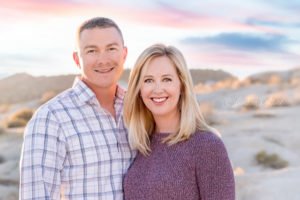
BGES recently caught up with this American hero to discuss his passion for the Civil War and his experiences with BGES and the Wounded Warrior program.
BGES Editor: What brought you to the Civil War world? Was there one moment when you totally fell in love?
Aaron: I was around 6 years old when my dad was reading me a book on American history. It featured a short blip on the American Civil War, and for some reason or another I became deeply interested in it. In my young mind I remember thinking it strange that Americans would fight one another and began to seek more information about it. I was always interested in the military and wanted to be a soldier since I was four years old. So naturally I became very interested in military history. When I was around 8 or 9 years old, my interest really soared after my parents took me for a candlelit tour of the White House of the Confederacy in Richmond. I think that my mom had to call the museum and argue with the curator a bit because they did not want children on the tour. However, I was completely engaged and loved every minute of it. My parents ended up taking me back numerous times to walk through the museum (and go to the gift shop).
BGES Editor: For you, what is the most poignant Civil War battle? Why?
Aaron: For me, I always think of Gettysburg as the most poignant Civil War battle. It is a battle that we studied very deeply at West Point, and it is where I participated in my first staff ride. In many ways the battle shows the impact one man can make on an entire war, which to me demonstrates the importance of personal study and development as an Army officer. For example, General Buford’s knowledge of the enemy’s tactics and understanding of the use of terrain allowed the Federals an advantage through seizing the key terrain at the start of the battle. Gettysburg is also interesting to me as a Field Artilleryman because it demonstrated two differing ideas of the use of Field Artillery at the time: as an offensive counter-battery weapon versus a direct fire defensive weapon.
BGES Editor: Would you mind sharing some memories of the tours you took as part of the Wounded Warrior program? What was your favorite experience?
Aaron: While at Walter Reed I attended two BGES tours. The first one was a Chancellorsville tour and the second was a tour of Antietam. The most memorable part of the Antietam tour was the lunch with the local community after the tour. The gratefulness that they showed for us was incredibly touching and genuine, not to mention the food was excellent! The outpouring of support that I experienced in not just this trip, but numerous others from communities throughout the United States is something that I never forget and was a huge morale boost during some difficult times at Walter Reed.
BGES Editor: What does BGES mean to you?
Aaron: As a Wounded Warrior, BGES was a welcome break from physical therapy and doctor appointments while at the hospital. It allowed me to professionally develop as a soldier in recovery and allowed me to reflect upon how much more difficult the wounded soldier’s recovery was at that time. As an American, I believe that BGES is an important institution that allows us to reflect upon our nation’s history and come face to face with our complicated and checkered past. And hopefully through facing our past, we glean the knowledge to make our nation a more perfect union.
